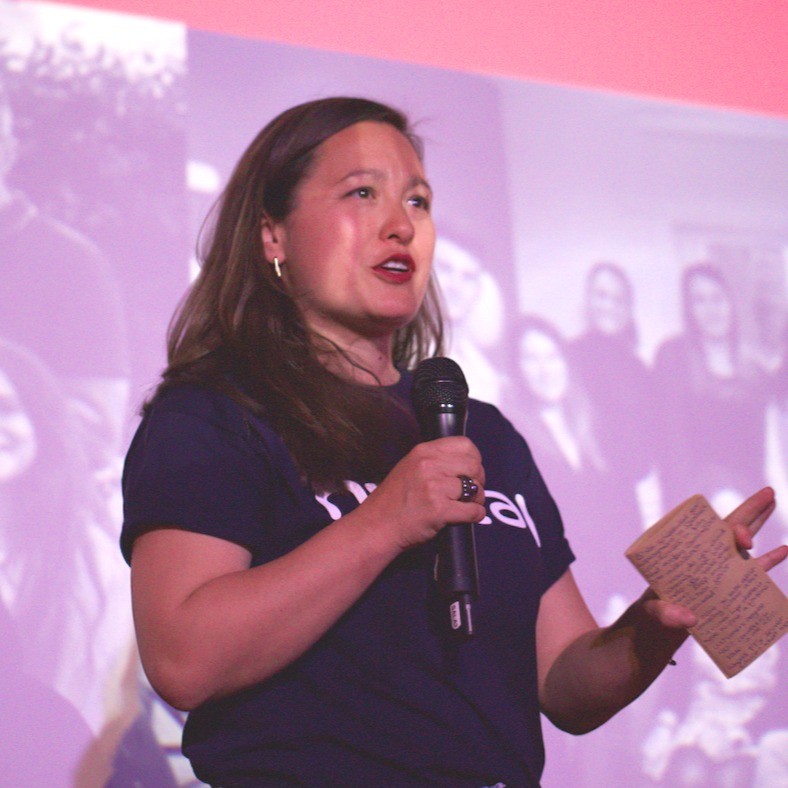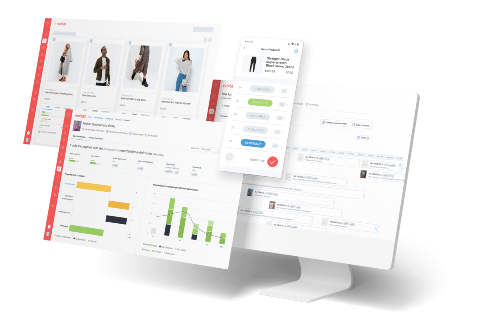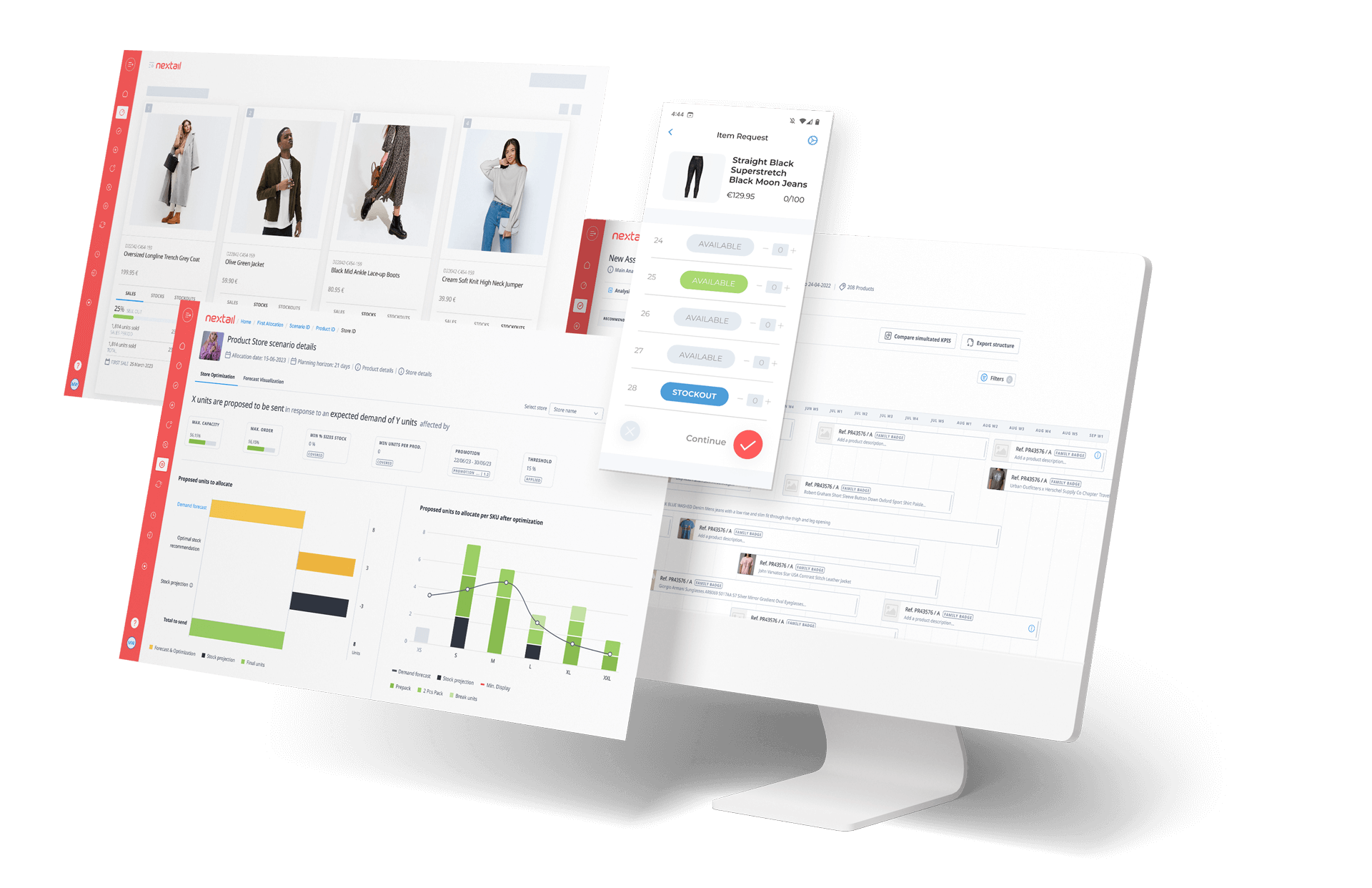Interview with Daniel Botey: Driving efficiency and control through tech at Guess
Real experiences from retail leaders are key to moving forward together as an industry. Daniel Botey has 25+ year career journey that has included top spots at Bershka (Inditex), Pronovias and eventually Guess, where he is the VP of Global Inventory management. In this interview, he explores the role of teams, technology and transformation in building a scalable fashion inventory management model across the global network of a top retailer.
Taking on the challenge at Guess: People, tools and processes
What was your original mission when you started out at Guess?
When I joined Guess, the company was dealing with major inventory issues—excess stock, best-seller stockouts, and general inefficiency. I came on board to address these challenges as VP of Global Inventory Management, a role that now covers operations across the US, Asia, and Europe, to tackle them.
I focused on three key areas where Guess needed the most transformation:
- Team: To build a fashion inventory management structure and organization that was made up of specialized and experienced professionals in this role, from scratch.
- Tools: Despite having €3B+ in annual turnover and 1,600 stores, everything was managed in Excel, and we are talking about more than 34,000 SKUs per year! We needed proper tech to scale and streamline.
- Processes: Each region was working differently, without global consistency. My goal was to harmonize operations across geographies to drive alignment and scalability.
Build or Buy? Choosing the Right Technology Approach
Did you consider developing technology internally or did you go straight for an external solution?
In the case of Guess it was clear: We needed specialized technology partners to help us transform our fashion inventory management. We are not a software company, we are a fashion brand. It makes more sense to rely on solutions that are constantly evolving, rather than trying to build something in-house that is always running behind and trying to play catch up with the best, most advanced solutions out there.
For us, externalizing replenishment in this way has spoken for itself. The metric I like the most is that we have lowered average stock by 4% and increased units sold by 7%. The sell-through is up 5 pp. We wouldn’t have been able to achieve that with a homegrown solution.
Sure, if you’re a major retail player with a 7,000-person IT team, go for it. But for the majority of fashion retailers, including Guess, the best thing is to find best-in-class tech that comes from best-in-class partners who can accompany you through the change management process and who isn’t afraid to challenge you in order to help you perform even better.
Best-in-Class Over End-to-End
You work with a few different solutions to support your merchandising processes. Why didn’t you go with an E2E solution?
I don’t believe that a truly good merchandising solution exists that covers every stage of the process the way that we need it to, at least not well. And those E2E solutions that do exist, are often the result of one vendor having acquired smaller players to fill in the gaps. But this usually results in a patchy solution that never really behaves like a fully integrated E2E solution.
Another pitfall is that these solutions can be overgeneralized and not purpose-built for the industry. Many times this leads to having to customize a tool so much that it becomes unmanageable, a Frankenstein of sorts. At a previous company, we invested years in a solution that was so customized that when it came time to use it, no one wanted to touch it. We went back to Excel 7 years later. It was truly unbelievable.
In my opinion, it’s more important to choose the best solution for each part of the planning and execution process, and sometimes that means taking on a combination of solutions, which has been our case.
The Real Challenge: Change Management
In your experience, what’s been the most difficult part of implementing advanced technology?
Without a doubt the most difficult part has been change management. Sometimes we underestimate how much resistance there can be to working in a new way, even when the change is clearly positive.
For example, in one region, adoption was rapid. But in others we had more resistance because we didn’t involve these teams from the beginning and they saw it as something being imposed on them from the outside. I learned that you have to co-create from the beginning, start small, demonstrate results, and then scale.
Another challenge was data – making sure that our data was ready was also important for getting the best results. There is no such thing as perfect data, but what we learned was that working with a technology that requires data input to function naturally forces you to professionalize it and keep it clean. And when the data has a direct impact on commercial decisions-such as which product to send to which store, top management starts to pay attention to it. It’s a virtuous circle.
Advice for Retail Leaders Starting Their Transformation
What advice would you give to someone who is about to start this kind of transformation?
I would tell them to start with a clear and measurable objective. Involve all teams from the beginning, and look for good partners, not just suppliers. Don’t wait for the perfect conditions. Launch, measure and improve. And finally, have a good project manager. One who talks to business, IT and understands both worlds.
“With less inventory, you can sell more. But to achieve this, you have to change the way you think, the tools, and above all, how your team works.”
—
Contact us to explore how Nextail can help transform your brand’s fashion inventory management.



